Is it true that DNA and chimpanzee DNA match 99%?
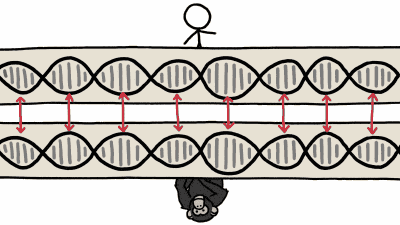
"There is only 1% difference in DNA in humans and chimpanzees" "99% Matching Theory" has penetrated the world. However, it is pointed out that if 99% of gene sequences really match, it is not so. A movie "Are We Really 99% Chimp?" Which is easy to understand, such as the degree of difference between human and chimpanzee DNA, and whether it is meaningful to investigate the difference in DNA, has been published.
Are We Really 99% Chimp? - YouTube
It is often said that 50% of human and banana genes (DNA) match.
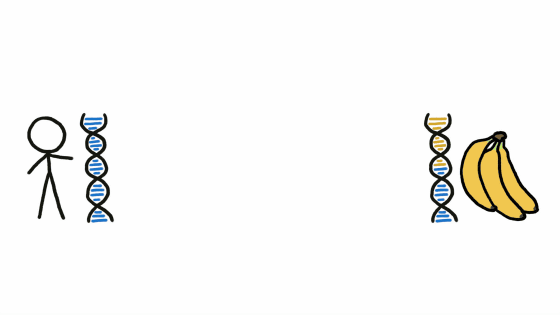
Likewise, it is said that 80% of humans and dogs have 99% of DNA in common with chimpanzees.
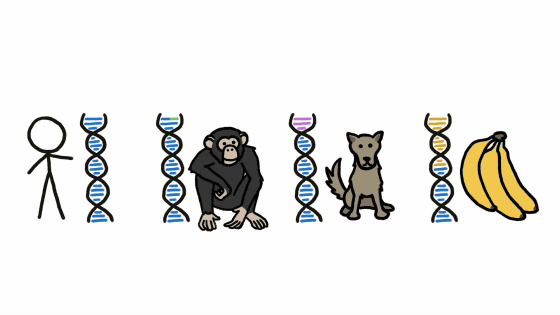
In this case, when you take out the cells in your body, only a small portion of the genetic information of the DNA represented by the chromosome can be received differently.
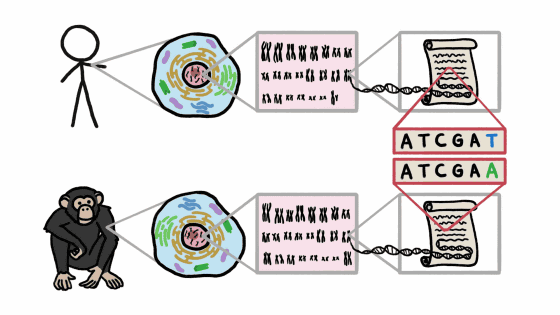
However, in human beings and chimpanzees, DNA genetic information is quite different.
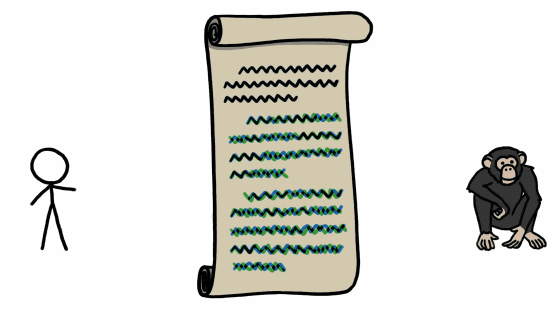
It was 6 million years ago and 8 million years ago that humans and chimpanzees broke up into different species.
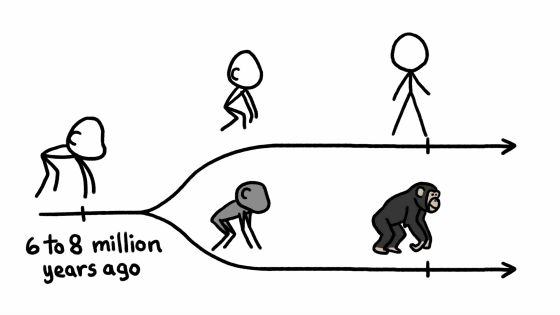
Even after becoming a different species, both genetic information has been changing as each evolution continues.
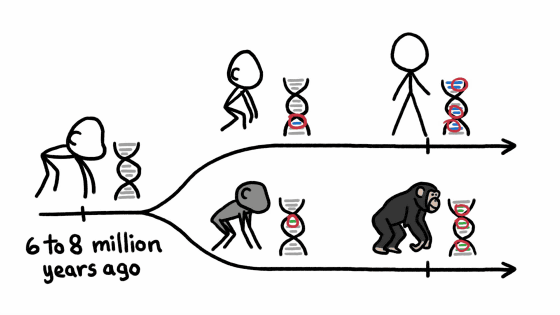
Human chromosome 23 pairs, chimpanzee 24 pairs, each has evolved independently.
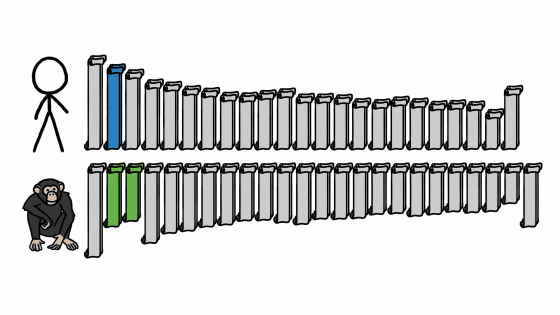
I will compare genetic information by writing it to letters.
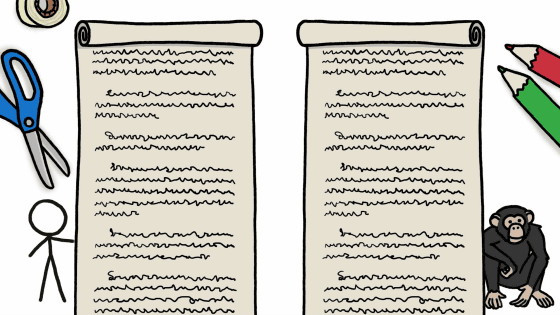
There are genetic information in humans, but not in chimpanzees, and vice versa.
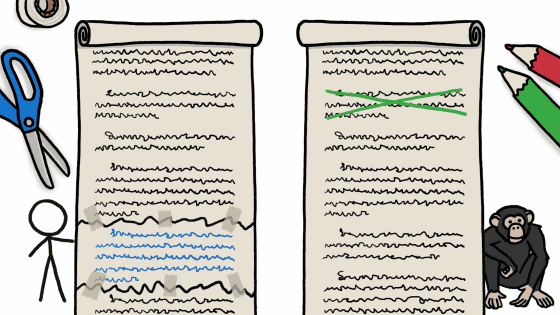
Other than that,Base sequenceIt is almost the same with just a small difference.
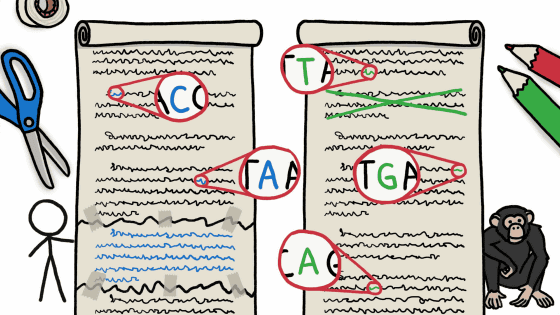
How these scientists perceive the difference is the key to the 99% agreement theory.

Slight differences in base sequences can be enumerated one by one.
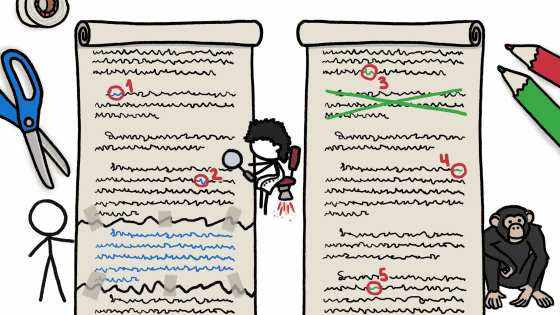
So, how do you deal with completely different parts?
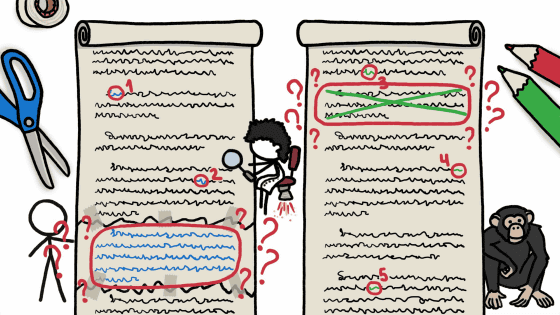
For example, in human and chimpanzee the descriptions themselves are common, but what if you repeat twice in humans?
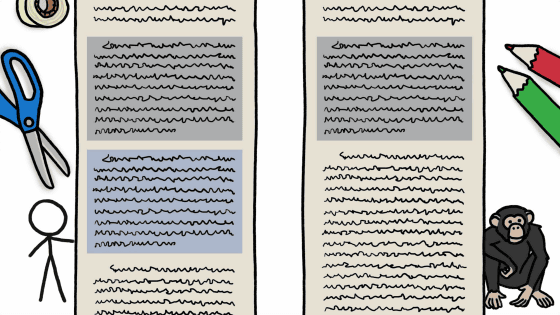
Should I enumerate all these as one letter at a time?
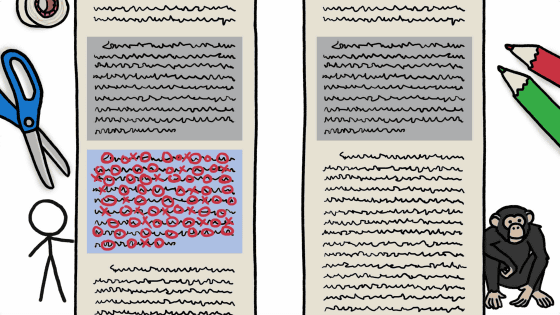
Or should we count the entire paragraph as a "one" difference?
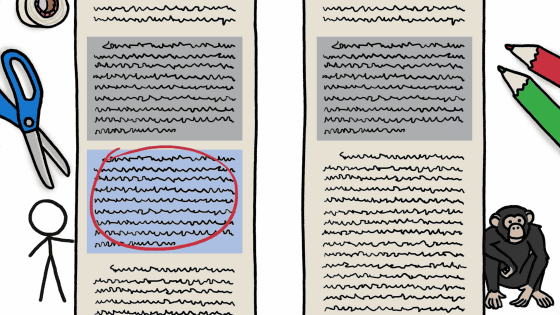
How should we think if it appears in different places in the same paragraph?
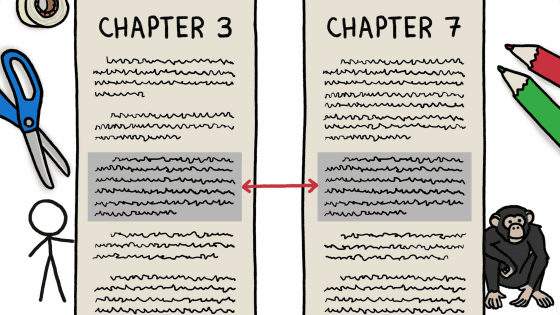
What if the order of strings is opposite?
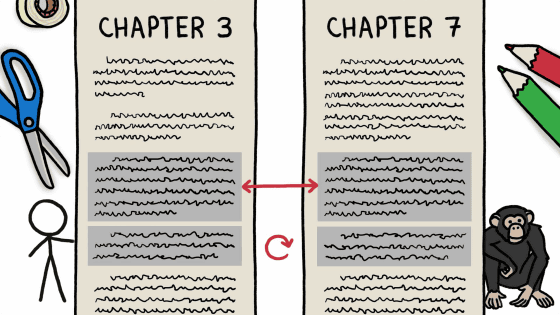
What if a sentence breaks up if it agrees? ...... There are many cases where judgment is difficult.
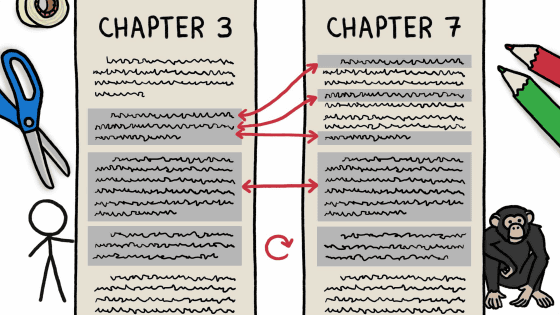
The scientists' answers to this difficult question ... ...
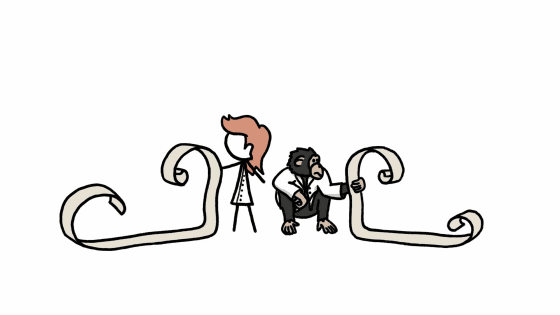
What a bold way "to truncate the largely different parts".
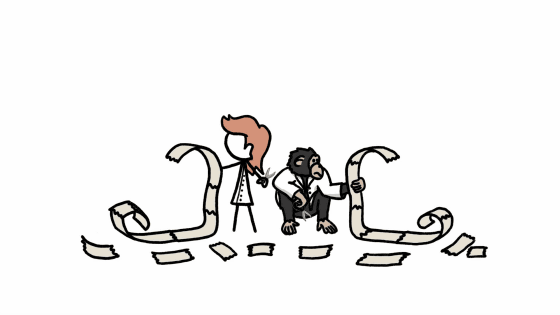
That number, 1.3 billion characters.
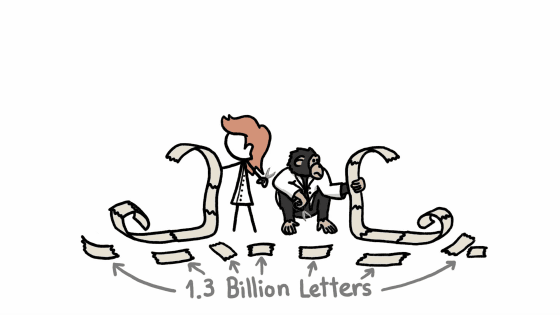
On the other hand, consider only the remaining 2.4 billion letters ......
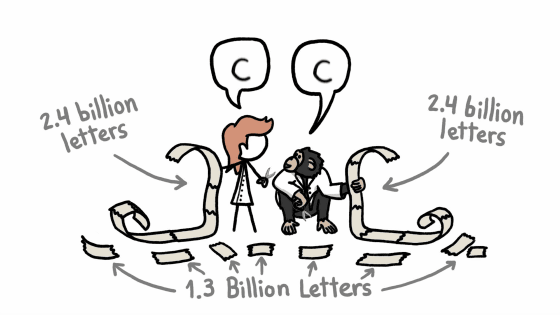
The comparison result is "98.77% match".

In other words, 99% of human genomes and chimpanzee 18% of genomes were ignored, only the rest were compared and "human and chimpanzee are 99% matched DNA" It is an agreement theory.
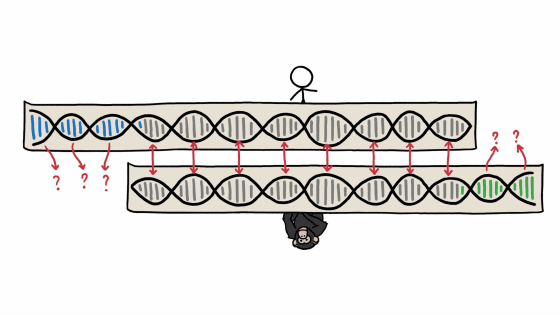
Furthermore, there is a fundamental problem that different "degrees" of DNA information can not be measured by simple character string differences.

Due to slight DNA information difference, the figure may be completely different ... ...
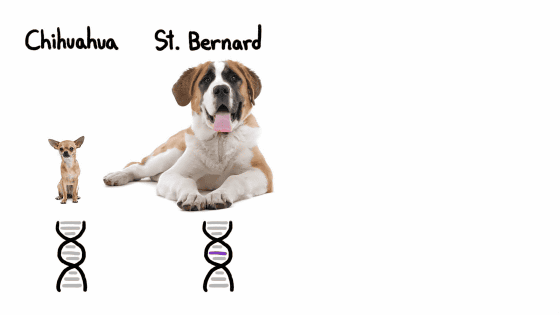
On the other hand, DNA information is quite different, but there are cases of almost the same shape.
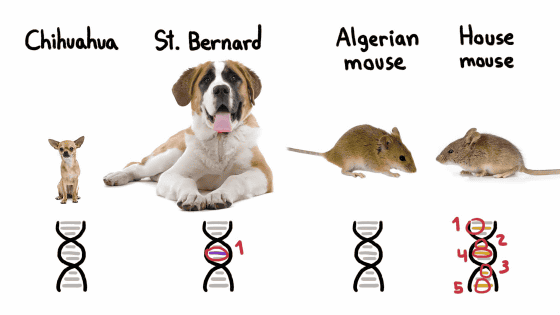
In other words, it can not be said that it is biologically "close" because DNA information is almost the same.

However, it is not so much whether it is meaningful to look up DNA information. DNA information has tremendous significance as information recording the "history" that animal has evolved.
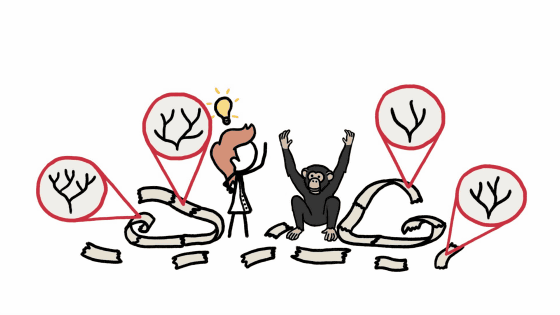
Each time it evolves, it is DNA information that shows the evolution process of each branching into different branches.
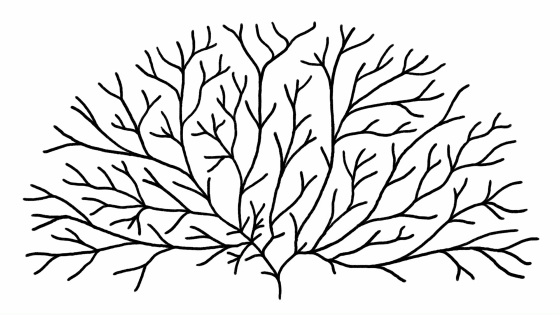
Considering the process of evolution, you can see that it is certain that human beings and chimpanzees, which are separated at a relatively close stage, are very close species.
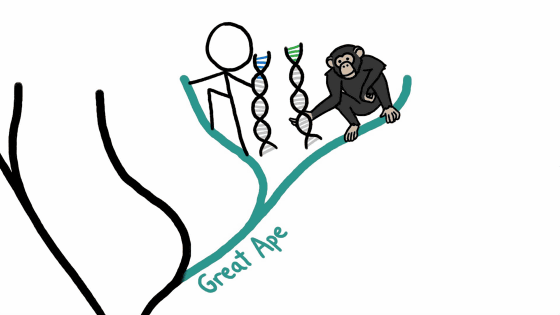
Of course, it can be said that it is certainly different greatly from bananas.
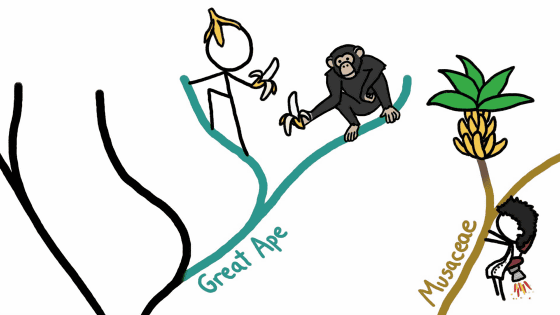
Related Posts:







